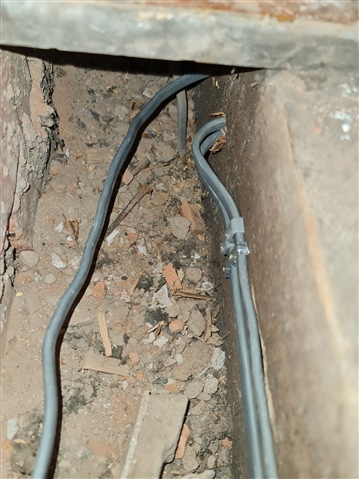Just wondered
Does anyone else do these two things.
1) add a radius to cables going trough and then along joists to put less stress on the cable with tight bends?
2) due to the nature of low cost manufacturing, I find the edges of the fire rated clips to be sharp enough to cut in to the insulation if any manoeuvring of cables is carry out. So I add a plastic clip at any bend or end of run, so give a "softer" fixture at any possible movement point.


